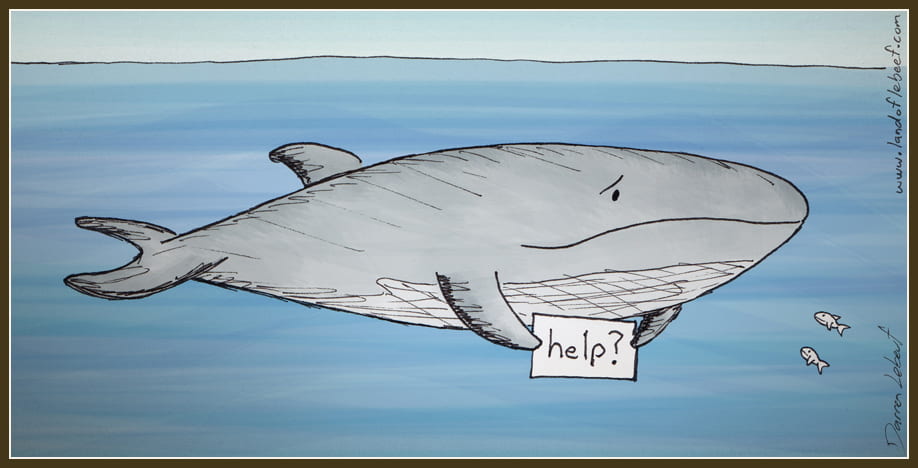One topic that I thought of writing my essay on was Moby-Dickas a conservation text. There are so many themes to deconstruct and unpack when studying Melville’s novel, but I consistently revisited the theme of conservancy. We tend to think of wildlife conservancy and especially whale conservancy as a subject that did not come into popularity until the latter half of the 20thcentury. In 1851, the Whaling Industry was in full swing—but Nantucket and New Bedford Whalemen had already traveled to the other side of the globe because the whale populations of the Atlantic had been depleted, and the more lucrative sperm whale was to be found in the Pacific. “Nor, considered aright, does it seem any argument in favor extinction of the Sperm Whale, for example, that in former years (the latter part of the last century, say) these Leviathans, in small pods, were encountered much oftener than at present, and, in consequence, the voyages were not so prolonged, and were also much more remunerative” (Chapter 105).
Melville creates interludes in the plot of the story with details of ships, gam protocol, and of course—whale biology. Chapter 32, Cetologyhas a very scientific breakdown similar to the observations and categorizations of Carl Linneus and Charles Darwin. Likewise, in Chapters 74, 75, and 103, The Sperm Whale’s Head-Contrasted View, The Right Whale’s Head-Contrasted View, andMeasurement of the Whale’s Skeleton, respectively, Melville, in similar fashion to the zoologist, describes the size, weight, shape, color and biology of the whales to give the readers a description of an animal that most would never encounter in their lives. I believe that Melville did this to enter whales into the record, much as anthropologists of the late 19thcentury would document the cultures of “disappearing” or “vanishing” people. Again in Chapter 105, Does the Whale’s Magnitude Diminish?—Will He Perish?, Melville blatantly states his observation in the decline of the whale populations:
Comparing the humped herds of whales with the humped herds of buffalo, which, not forty years ago, overspread by tens of thousands the prairies of Illinois and Missouri, and shook their iron manes and scowled with their thunder-clotted brows upon the sites of populous river- capitals, where now the polite broker sells you land at a dollar an inch; in such a comparison an irresistible argument would seem furnished, to show that the hunted whale cannot now escape speedy extinction. But you must look at this matter in every light. Though so short a period ago – not a good life-time – the census of the buffalo in Illinois exceeded the census of men now in London, and though at the present day not one horn or hoof of them remains in all that region; and though the cause of this wondrous extermination was the spear of man; yet the far different nature of the whale-hunt peremptorily forbids so inglorious an end to the Leviathan.
Parallels can be drawn between Melville’s critique of capitalism and commodification with scientific observation and obvious fondness and respect for whales to argue that this text can be read as a criticism of the entire industry and its negative effects on the whale population—thus arguing for the conservation of whales.
There is a different type of conversation that occurs today with regards to saving whales. There are now new threats to population that did not exist before. Although commercial whaling has toned down from the 19th century, it still exists today. However, the new threat to contend with is plastics. Brian Russell Roberts in his lecture for the Rumowicz Maritime Lecture series mentioned towards the end of his presentation that plastics are such a threat to our environment and the sea life. It churned up emotions of the pictures that I have seen in the past five years of dead whales (and other sea creatures) with bellies filled with plastics–mistaking them for squid and jellyfish. The plastic problem is also causing problems throughout the entire food chain on which whales rely. Microplastics are ending up in the oceans, harming the smallest fish, and its effects are felt by the largest beings on earth. Today, whale conservation is not only fighting the battle of commercial whaling, but is still fighting capitalism today through the commodification and use of single-use plastics.

